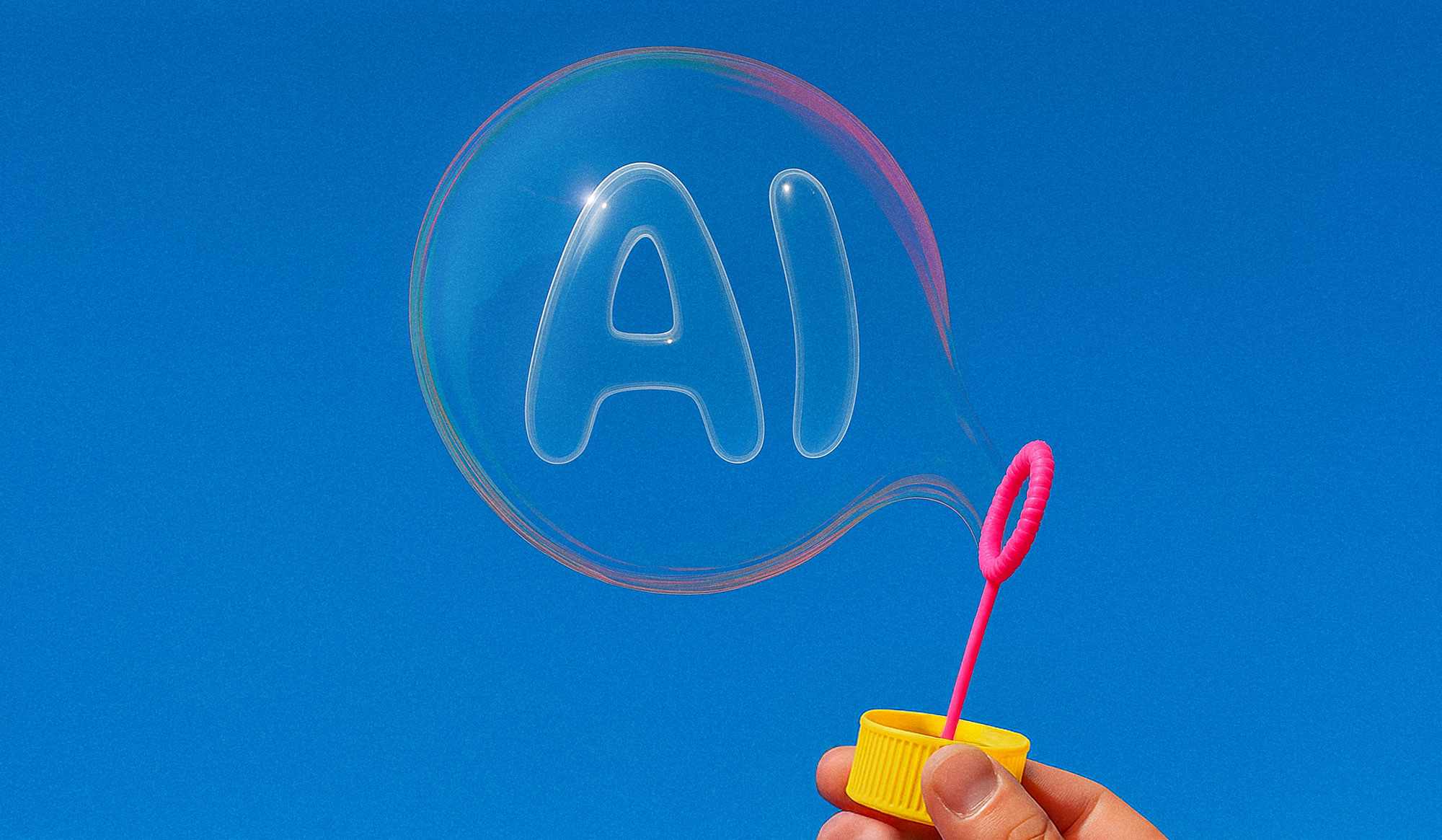
By Kimeko McCoy • November 11, 2025 •

Ivy Liu
In the age of synthetic social, it’s getting harder to tell the difference between AI and human-generated content. Despite the AI hype, the influx of synthetic social (and mounting backlash to so-called AI slop) isn’t resulting in more, lucrative brand deals for creators according to the five influencer agency execs Digiday spoke with for this piece.
Over the past year, AI-powered video apps like OpenAI’s Sora or Meta’s Vibes have developed further into the uncanny valley with machine-made, personalized social media content. Marketers are interested but largely hesitant to make synthetic social part of their marketing toolkit mainstays.
“It’s (synthetic social is) still novel,” said Thomas Markland, founder of the creator company HYDP, “While companies like ours are becoming increasingly aware of potential issues, planning strategically to deal with them, we have yet to see significant impacts on human creators.”
While creators are hiking prices, agency execs say, it’s not tied to the advent of synthetic social. Rather, creators are increasing their rates as interest in influencer marketing simply grows.
“That presumes there’s this finite group of creators in the world,” said Danielle Wiley, CEO of influencer marketing shop Sway Group. “It’s not like there’s a shortage.”
The IAB estimates creators account for more than one out of every 10 full-time, internet-dependent jobs. While creators are banking on the idea that human authenticity will keep attracting ad spend and brand deals, brands are also increasingly looking to strike longer term deals with them, even pursuing agency-of-record relationships with influencer agencies.
The case for human creators
Longer-term deals with creators could ensure a constant and consistent pipeline of authentic content, according to Haley Schluter, head of North America for Buttermilk influencer agency.
“AI may be able to create off-the-cuff assets for media or campaign utilization, but creators are still the backbone of driving brand content and desirability both on and offline,” Schluter said in an email to Digiday.
Notably, marketers have been on the fence about virtual influencers even in light of the AI hype cycle. Virtual influencers, like Lil Miquela, are human-controlled CGI (computer-generated imagery) creators. These influencers have come back into the cultural zeitgeist as talk of synthetic social goes from industry rumblings to a fever pitch. However, demand for this type of creator has declined as of late. Per Digiday reporting, 86% of brands allowed virtual influencers in their campaigns last October. In August of this year, that figure dropped to 60%.
“I don’t see anyone asking or interested in, ‘Can I have a Lil Miquela?’” said Mae Karwowski, founder of WPP-owned creator agency Obviously. “I think that’s a clear ‘no’ right now for brands.”
There’s more concern about if and how creators are using AI in their next brand deal (although brands and influencers have yet to include intellectual property clauses addressing AI in their deals).
So while brands haven’t yet drawn parallels between the rise of AI slop and influencer marketing, that can change too. “The AI world moves at a rapid pace, and effects can be felt at any time,” Markland said.